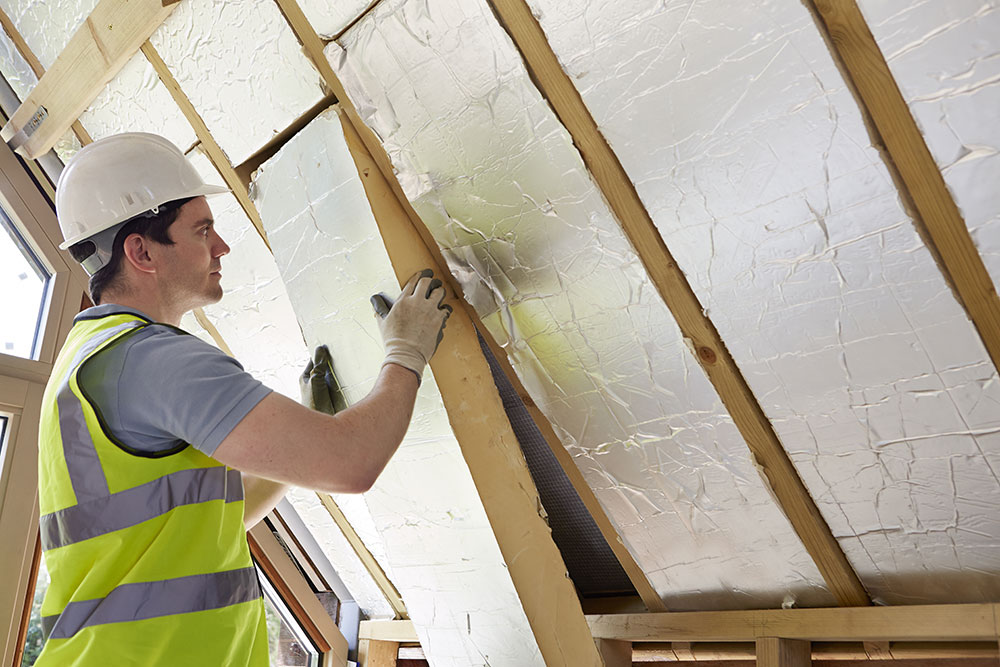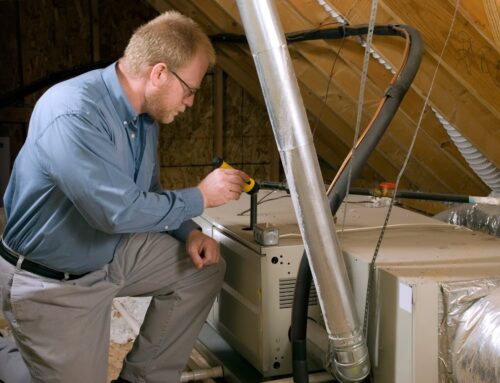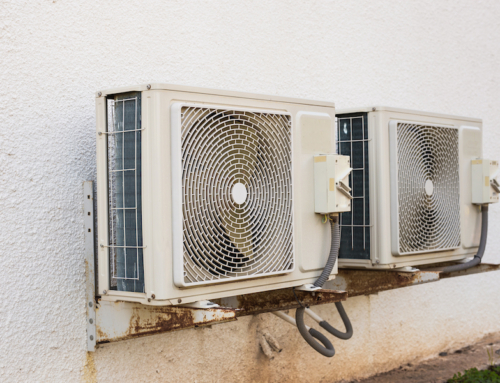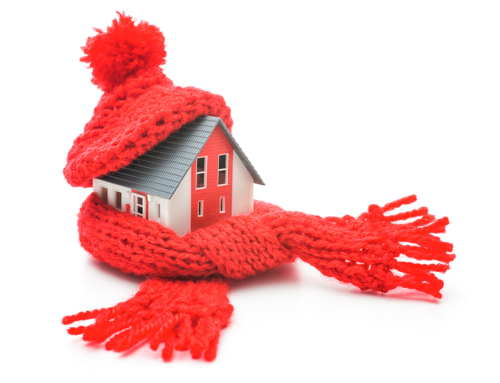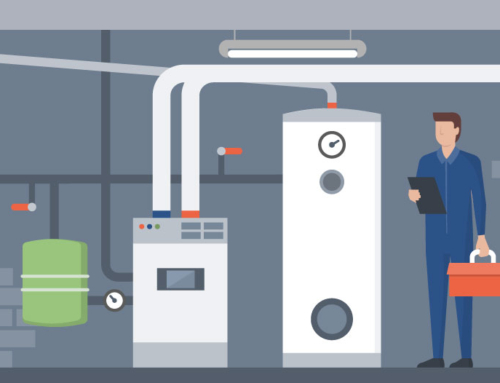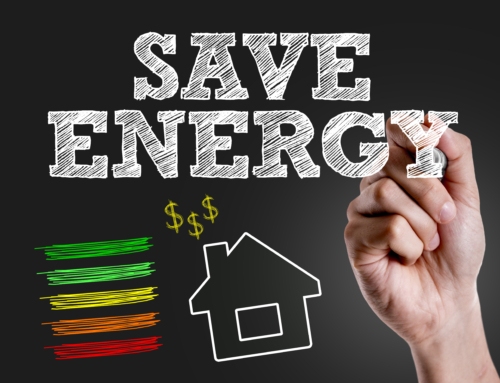Insulating your home is an investment that is commonly overlooked. Half of the energy we use to heat or cool our homes can simply leak out without insulation.
Insulation helps to:
- save money on your energy bills
- reduce your energy use and lower greenhouse gas emissions
- reduce reliance on heating and cooling systems
- improve your comfort at home.
- Some types of insulation can make your home more soundproof.
Insulation acts as a barrier to heat loss and heat gain, particularly in roofs and ceilings, walls, and floors. Some types of insulation can even be soundproof.
In most homes, insulation is the most practical and cost-effective way to make a house more energy efficient. Insulation works to keep your home cooler in the summer and warmer in the winter. It can even help you save up to 40 percent in heating and cooling costs.
The best time to install insulation is when you’re building or renovating. Insulation should be combined with a good design, which includes passive heating and cooling so it can do its job properly and keep you comfortable all year round.
There are two main types of insulation:
- Bulk insulation acts as a barrier to heat flow between your home and the outside, keeping heat out of your home in summer and in your home in winter. It comes in batts, rolls, boards and can be made from materials like glass wool, polyester, natural wool, or recycled paper. Bulk insulation is usually used in homes located in cooler climates.
- Reflective insulation is generally used to keep your home cool in summer by reflecting radiant heat. It’s usually shiny aluminum foil laminated onto paper or plastic. Reflective insulation is usually used in homes located in hot and very sunny climates.
Some insulation products combine features of both bulk and reflective insulation.
Common areas that need insulation: Roofs and ceilings
If your roof or ceiling isn’t insulated, you could lose up to 45 percent of your heating and cooling energy via the roof.
Walls
Wall insulation can save up to an additional 20 percent of heating and cooling energy. Consider added wall insulation as an essential in all climates.
Floors
Appropriate floor insulation can save up to 5 percent of your winter energy costs. Carpets are one option to insulate a floor. In hot climates, floor insulation may interfere with the natural cooling from the ground beneath the house.
Water pipes
Water pipes inside the walls can be insulated when building or renovating. To avoid further heat being lost from a storage hot water system, insulating externally exposed pipes leading from the water heater to the house as well as the water tank itself is recommended.
Although some types of insulation can be sold as DIY (do it yourself), it is safer to have insulation installed by a reputable experienced installer. Installing insulation can carry potential health and safety risks and may require expert knowledge and assistance. Some types of insulation require the use of specialized equipment, masks, and protective clothing.
Call Alpine Temperature Control in St. George, Utah now for all of your renovation needs!

